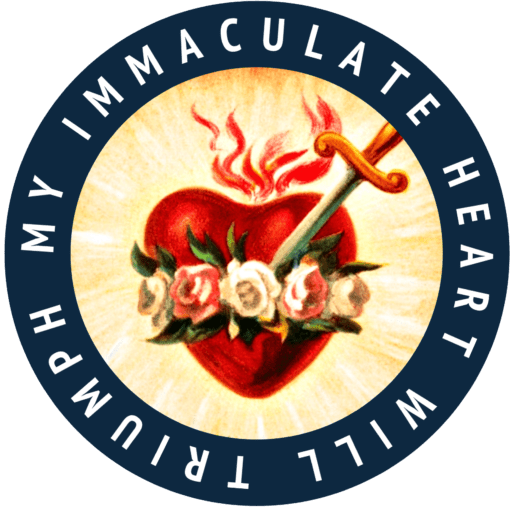
Tag: ourlady
-

Miracle! St. Padre Pio Provides Long Distance Assistance: St. Padre Pio’s Bilocation Helps a Family
Read More: Miracle! St. Padre Pio Provides Long Distance Assistance: St. Padre Pio’s Bilocation Helps a FamilyThe Holiness of St. Padre Pio There are a number of reasons for this. Many might cite the fact that he received many extraordinary graces including visions, the stigmata, bilocation, and even miracles attributed to his intercession. However, it should always be noted that Holy Mother Church never raises a man or woman to the…
-

What is LAS POSADAS? How to Celebrate?
Read More: What is LAS POSADAS? How to Celebrate?LAS POSADAS is an Advent devotion common among Mexican and Latino Christians. Although customs vary, generally on each of the nine evenings before Christmas Eve members of local families gather together, sing traditional villancicos (Spanish Christmas hymns), and are lead by two members dressed as Mary and Joseph to designated homes (“inns”) where they seek shelter as the…
-

-

Reading This Will Stop You from Committing Sin! Sufferings of Hell, Revealed to a 20th Century Mystic!
Read More: Reading This Will Stop You from Committing Sin! Sufferings of Hell, Revealed to a 20th Century Mystic!Hell is a real place. But what is it like exactly? While the Bible gives us some clues, the 20th century mystic St. Faustina received a particularly vivid vision, which she recorded in her diary. Note that such “private revelations” are not on the same level of the divine revelation given by God in Jesus Christ.…
-

Messages for the End Times by Our Lady Mother of Hope & Unity! The Warning & Schism!
Read More: Messages for the End Times by Our Lady Mother of Hope & Unity! The Warning & Schism!JOIN us Live with Yves Jacques and Mary Chalupsky to discuss the message for the end times of Our Lady of Unity and the Seal of Unity and Hope
-

SAVE THE POST! Daily Prayer to Mary for the Nation Before the November 5 US Presidential Election
Read More: SAVE THE POST! Daily Prayer to Mary for the Nation Before the November 5 US Presidential ElectionO Most Blessed Virgin Mary, Mother of Mercy, at this most critical time, we entrust the United States of America to your loving care. Most Holy Mother, we beg you to reclaim this land for the glory of your Son. Overwhelmed with the burden of the sins of our nation, we cry to you from…
Search
Popular Posts
-
🙏 A New Chapter Begins: Supporting Pope Leo XIV with Prayer and Hope | W/ Daniel O’Connor
“Give the new pope a break and support him with your prayers.”–…
-
Possible Candidates for The Next Pope!
Some Candidates for the New Papacy Today we will share with you…
Categories
Archives
Tags
#Miracles (102) 2023 (4) 2024 (4) approved miracles (2) catholic (141) catholic blog (375) catholic meditations (7) catholic miracles (371) catholic motivation (2) catholic news (371) catholic prayers (4) CatholicSeers (359) catholic vlog (375) catholic websites (6) Eucharistic miracle (2) fr jim blount (3) GisellaCardia (11) hamas (3) imitation of christ (2) Israel (4) israel live (5) Israel news (9) jesus (3) jesus christ (4) Latest messages (11) lent 2023 (10) lent 2024 (4) lent homily (2) lent retreat (4) lent retreat 2023 (3) Lourdes (2) messages from god (6) MessagesFromHeaven (364) miracles of catholic church (2) mother and refuge (2) ourlady (325) OurLadyApparitions (22) our lady of lourdes (2) Pope (2) POPE francis (3) pope francis news (2) prayers (3) real miracles (356) sacred heart of jesus (2) The Miracles of Lourdes (2)








